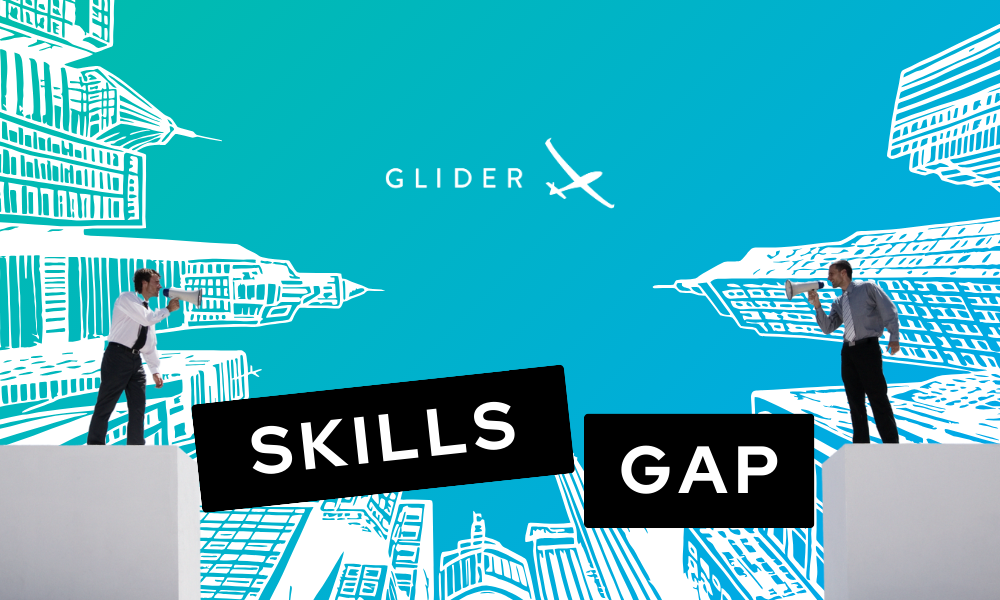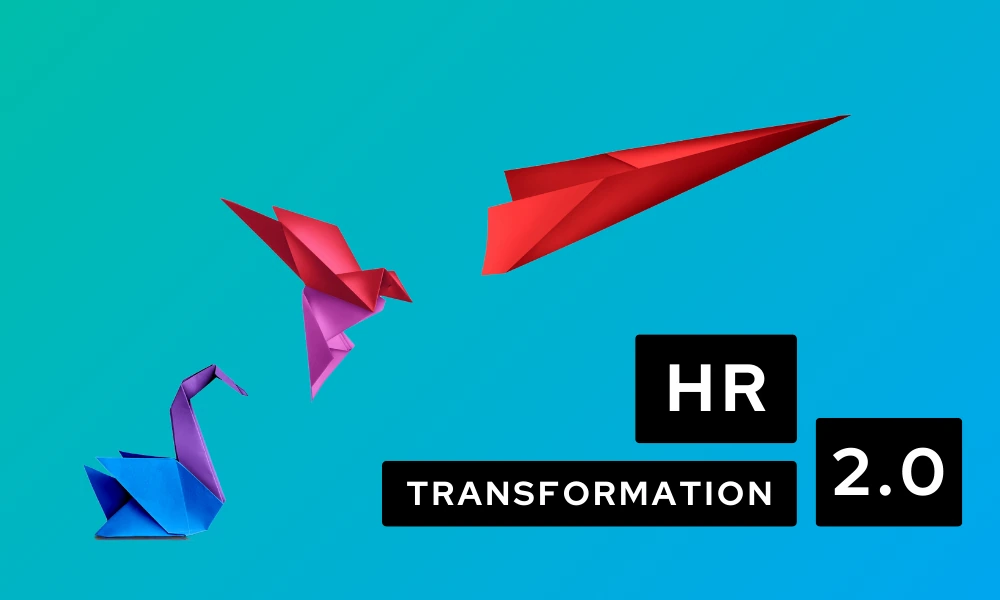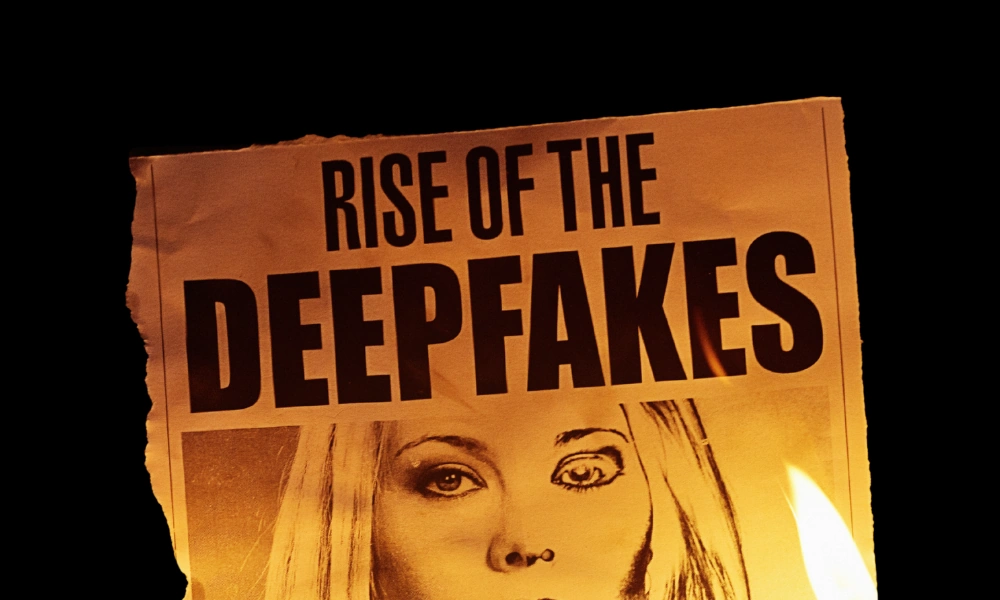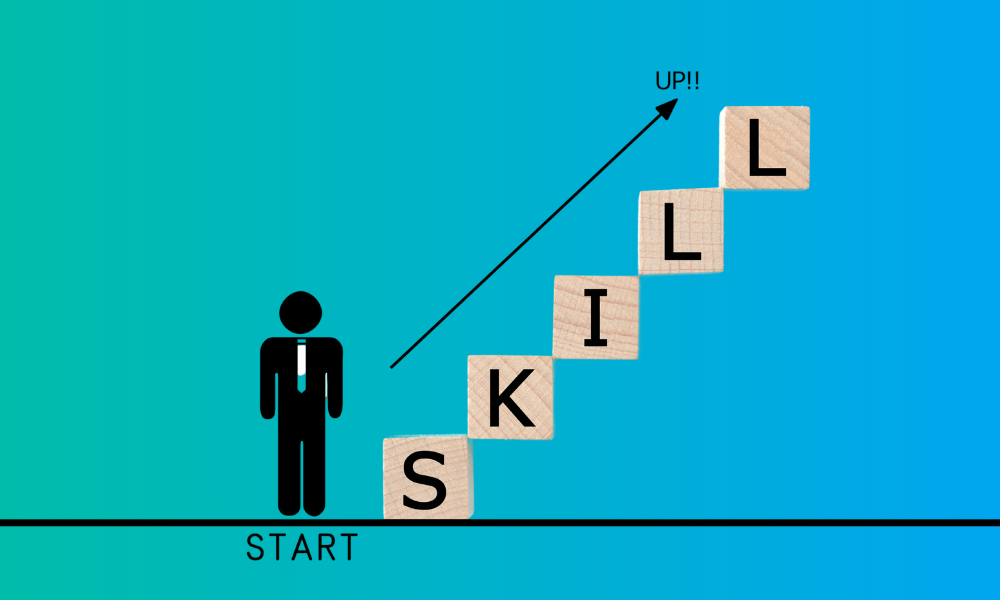Closing the Skills Gap: A Roadmap to Workforce Transformation
74% of companies struggle with skills shortages, impacting productivity, retention, and growth. Businesses face misaligned hiring, stalled career development, and inefficiencies without a clear understanding of workforce capabilities.
A Skill Gap Analysis identifies deficiencies, ensuring employees are equipped for current and future roles. Glider AI’s Skill Gap Analysis provides a data-driven approach to upskilling talent, reducing hiring costs, and increasing internal mobility.
Why a Skill Gap Analysis Matters
👀 Problem: Workforce skills often don’t align with business needs. 60% of organizations cite skills misalignment as a significant barrier to growth. Companies struggle to match employees to emerging job demands, leading to hiring challenges and productivity losses.
💡Solution: A structured skill gap analysis helps bridge the gap by identifying current capabilities and defining a clear path for upskilling.
Bridge the Gap Between Workforce Skills and Business Needs
A 2024 Glider AI Light House Research and Advisory report highlights that 60% of organizations cite skills alignment as their biggest workforce challenge. Skill gaps create inefficiencies and hinder business growth.
Reduce Hiring Costs Through Internal Mobility
Hiring externally for hard-to-find skills is costly. The report also notes that organizations with strong internal mobility programs reduce hiring costs by up to 40%. Identifying cross-functional upskilling opportunities ensures existing employees can move into high-demand roles.
Increase Employee Engagement and Retention
Lack of career growth is the top reason employees leave. Companies that invest in upskilling see a 20% increase in employee retention, proving that career progression is a win-win for both businesses and employees.
How to Run a Skill Gap Analysis
👀 Problem: Companies often don’t have a straightforward process to assess, analyze, and act on skill gaps.
💡Solution: A step-by-step approach ensures skill assessments translate into actionable workforce development strategies.
Identify Key Skills Needed
- Define core competencies for each role.
- Map future skill needs based on industry trends.
- Use AI-driven assessments to measure existing skills.
Assess Current Employee Skill Levels
- Conduct AI-based skill tests, performance evaluations, and self-assessments.
- Use real-world simulations to measure proficiency.
Analyze Current Skill Gaps
- Compare current skill levels vs. role requirements.
- Identify high-priority gaps and long-term development needs.
- Prioritize upskilling & cross-skilling initiatives.
Develop a Skills Development Plan
- AI-driven training recommendations based on employee gaps.
- 3rd Party Certifications (Glider AI, LinkedIn Learning, Coursera, Udemy).
- Internal training, mentorship, and L&D programs.
Track Progress & Adjust
- Conduct quarterly skill audits.
- Align training programs with business goals.
- Use real-time data to refine upskilling efforts.
Using Skill Gap Analysis Data for Workforce Strategy
👀 Problem: Skill data is often underutilized, leading to poor workforce planning and missed opportunities for career development.
💡Solution: Use skill gap insights to shape upskilling, internal mobility, and hiring strategies.
- Upskilling Programs → Develop talent internally instead of hiring externally.
- Succession Planning → Identify high-potential employees for leadership roles.
- AI-Powered Talent Matching → Align employees with best-fit career paths.
Workforce Development
👀 Problem: Traditional hiring and training models are reactive, making it difficult to keep up with evolving skill demands.
💡Solution: Companies that adopt skills-first hiring, training, and mobility strategies gain a competitive edge by creating a future-ready workforce.
As AI and automation reshape the workplace, skills—not just job titles—will define success. Companies that adopt skills-first hiring, training, and mobility strategies will outpace competitors and foster a resilient, future-ready workforce. Glider AI’s Skill Gap Analysis provides a structured, AI-powered approach to:
- Identify and close workforce skill gaps
- Support employee career growth
- Enhance workforce planning with real-time insights
Considerations Before Implementing a Skill Gap Analysis
Accuracy and AI-Driven Skill Assessments
👀 Problem: Many solutions rely on subjective self-assessments or generic skills data, leading to inaccurate results.
🔎 What to Look For:
- AI-powered skill validation that assesses real-world capabilities.
- Proficiency-based testing instead of just self-reported skills.
🚀 The Glider AI Advantage: Validated skill assessments using AI to ensure objective measurement of employee capabilities.
—-
Integration with Learning & Development Platforms
👀 Problem: Identifying skill gaps is only the first step—organizations need seamless integration with upskilling resources.
🔎 What to Look For:
- Automated learning recommendations based on skills analysis.
- Compatibility with L&D tools like Docebo, SAP SuccessFactors Learning, etc.
🚀 The Glider AI Advantage: AI-powered learning path recommendations that connect employees with the right courses and certifications.
—-
Internal Mobility and Workforce Planning Features
👀 Problem: Most skills gap solutions focus solely on training, ignoring internal mobility and workforce strategy.
🔎 What to Look For:
- AI-driven career pathing that aligns employees with future roles.
- Internal mobility tracking to optimize succession planning.



